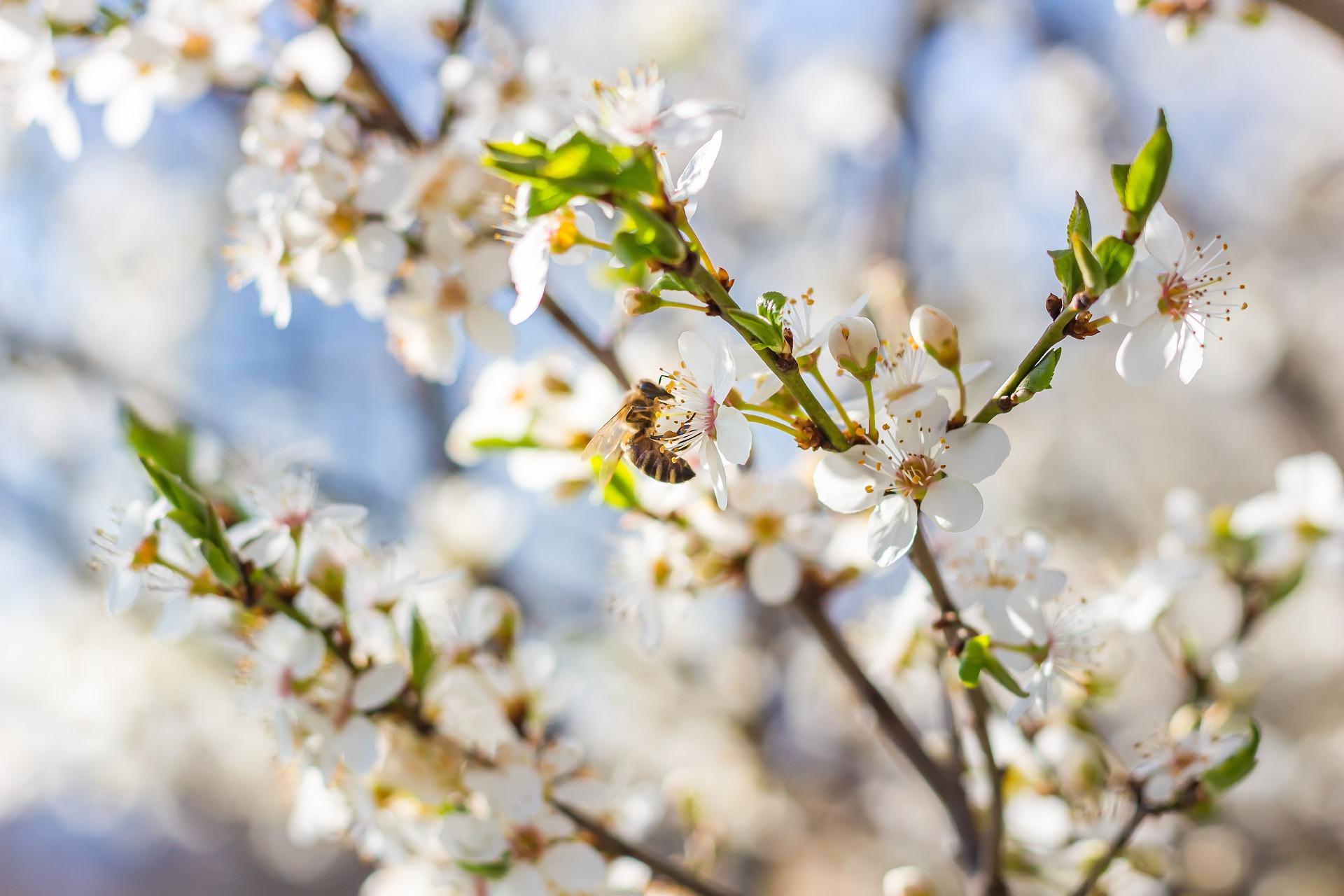

KW: how to grow plums, can you grow plums in the uk, growing plum trees in the uk, how do you grow plums
Plums are a tasty fruit that grows in abundance and can be enjoyed fresh and cooked in sauces, desserts and jams.
Plums come in multiple varieties in the UK and include Marjorie’s seedling (late-season variant), Opal (can be eaten fresh), Czar (best for jams and puddings), Damson (tart flavour), Victoria (sweet flavour) and Merryweather Damson (great for cooking).
Growing plum trees in the UK is possible even in the smallest garden, or allotment space. Read our guide on how to grow plums and give it a go!
Sign up today to get involved!
Plum trees are extremely hardy and can easily be grown in the UK. Although frost can present challenges, if cared for correctly, plum trees can yield good fruit. If your allotment is in the north of England, or in particularly cold areas, it’s best to find a late-season variant of the plum tree.
If you’re looking to growing plum trees in the UK, they are best grown from a rootstock, especially if you lack space. Plum trees can grow very large up to 3 metres and live for 20 to 25 years, however, there are smaller varieties that can be trained.
The rootstock needs to be planted in well-drained soil in a sunny position, kept weed-free and watered regularly. Add a supporting stake before planting the rootstock to avoid any damage to the roots. Also, add mulch in spring to retain moisture, keep the weeds at bay and offer nitrogen. Plum trees are best planted when they are dormant in late autumn or early spring.
If you have a variety that you wish to train, you will need to add a supporting, fence-type structure. There are three main types of pruning and training methods- fan, pyramid and bush.
Prune your trees in early spring or early summer for more mature trees. Pruning when the tree is dormant can result in silver leaf and canker.
Plum trees may require fleece protection from frosts when they are blossoming if they are an early variety.
When growing plums, you must keep a lookout for aphids and black flies which can destroy the entire crop.

Store-bought plums are often unripe and need to be kept in the fruit bowl for a few days before they can be eaten. However, when you grow plums at your allotment, you can pick the ripe fruits right from the branches. Plums will not ripen at the same time and thus, you will naturally need to stagger picking them as and when they ripen.
Always regularly check your plum tree for rotten or diseased fruits, remove them and harvest them at regular intervals. Continually thin them out and give them space to grow. Fruits are usually ready for picking during August-October.
You can eat plums raw but you can also cook them in jams and chutneys to store them in the freezer.
Would you like to start growing your own fruit and vegetables? Allotment Online offers you guidance and tips for all things gardening and sustainable living.. Whether you’ve just started your gardening hobby or are an experienced allotment grower, our platform will connect you with likeminded people and provide you invaluable insights.
Do you have a story or tips you’d like to share with the Allotment Online community? Sign up here!
Are you looking for tips on growing cranberries, microgreens or leeks? Head to our Grow Your Own page and we’ll answer more specific growing related questions.